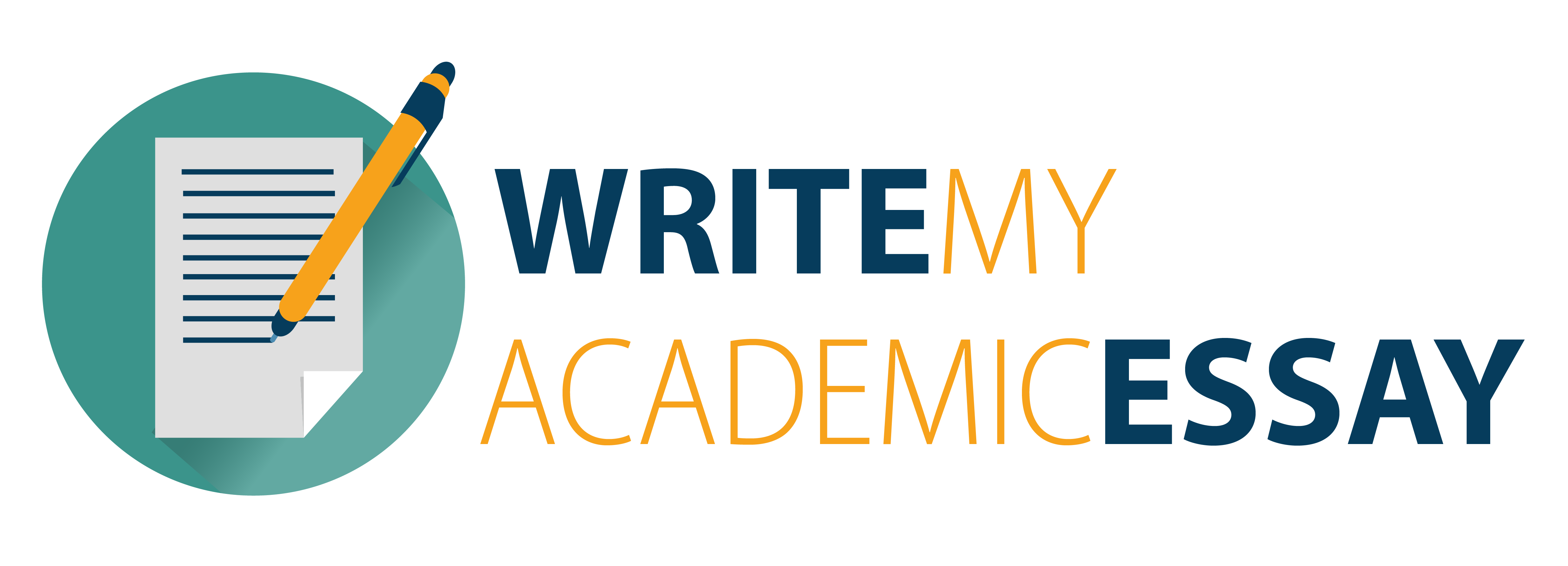Pick a company from the following website: https://www.forbes.com/global2000/#26192ef6335d
The World Factbook is a great resource for those companies that do business abroad. Demographic and
Market information is available. : https://www.cia.gov/library/publications/resources/the-worldfactbook/index.html
This website is a great source for demographics and populations: https://www.census.gov/
Choose a publicly traded company and identify a company that is either
a) pursuing a strategy (domestically, locally, or globally),
b) overcoming a threat in the external environment,
c) experiencing quality control/quality management issues, or
d) personnel issues.
⢠Prepare a case in advance, based on criteria developed by the instructor. The case would then be used as a
basis for discussion.
⢠Write a case analysis paper, based on criteria developed by the instructor. The paper may be presented or
reviewed by peers.
⢠Analyze a case that is threaded throughout the course. As part of the learning process, students acquire
knowledge during the course and apply that knowledge to different aspects of the case.
Case study analysis steps:
Cases used in the classroom vary from short vignettes to dense, multi page volumes. It is the responsibility of
the instructor to teach a process which, while useful in the classroom, can be applied to the real world after the
student graduates. Real world application of the steps used in case study analysis will vary from those found in
the safety of the academia; employees will gather the information, found conveniently in an academic written
case study, from a dynamic environment.
Here are some recommended steps for successful case analysis.
Provide the following for the chosen company:
- Mission
- Vision
- Strategic Objectives
- Market Analysis
- Human Resources Management
- High level overview SWOT
- Financial Analysis (include trend analysis, liquidity, profitability, and solvency ratios.
Define the issue or problem. To make an analysis or recommendation, one must first determine what the issue
or problem is. As in the real world, note there may be more than one problem in a case study analysis. (You
can appreciate the importance of this step if you ever took your car in because it was running rough and paid
for several repairs because the mechanic didnât correctly diagnose the problem in the beginning.)
Begin Your Analysis - Conduct your analysis. What are the possible causes of the problem or issue? What alternatives are
possible given the facts presented? This is the most time-consuming step, and the step with the greatest
variation. There may be many possibilities. It might be helpful to list all solutions you can think of before
focusing on the most useful or valid. There is not necessarily a right answer, but there may be several
alternatives that lead to varying outcomes. The quality of analysis will depend upon application of theory
learned in the classroom and through research. - Make recommendations. Choose the recommendation you believe to be the best, justify it, and develop it.
Recommendations may be made in the form of an action plan to solve the problem or issue. Or,
recommendations may involve the choice of the best alternative for resolving the issue or problem.
Recommendations made must be thoroughly developed and supported
Sample Solution

